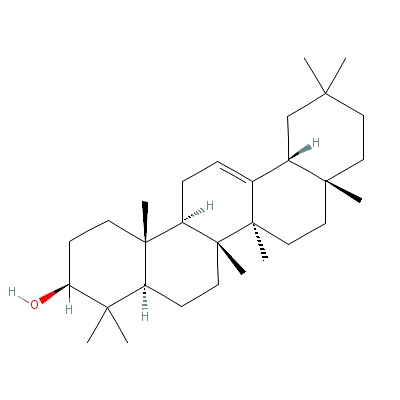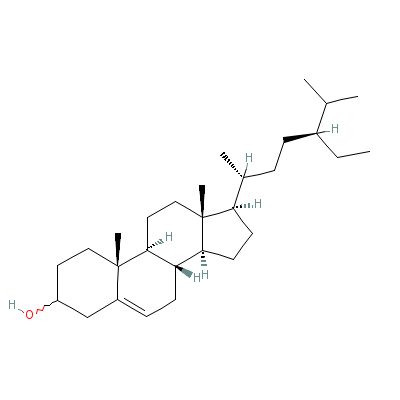| |
|
|
Botanical Name |
: |
Ficus glomerata Roxb. |
English
Name |
: |
Crattock, Cluster fig, Country fig, Gular fig. |
Synonym(s) |
: |
Ficus racemosa L., Ficus semicostata F.M. Bailey, Ficus vesca f. Muell. ex. Miq. |
Family |
: |
Moraceae |
| |
General Info
| Description |
 |
|
Spreading laticiferous tree, 9.0 to 12.2 m tall, bark reddish grey, smooth; leaves alternate, stipules ovate-Ianceolate, pubescent, 1.25 to 2.5 cm long, petioles 2.5 to 5.0 cm long, lamina simple membranous, ovate to obovate-oblong or lanceolate, 10 to 18 cm long, dark green, glabrous or softly pubescent above while lower surface pubescent or glabrous; fruits borne in clusters on the main trunk and leafless short branches, subglobose or pyriform, 2.5 to 5.0 cm in diameter, red when ripe. |
| Herb Effects |
 |
|
Astringent, stomachic, carminative, anti-cancerous, anti-inflammatory, anti protozoal, hypoglycaemic . |
Chemistry
| Active Ingredients |
 |
|
Ceryl behenati gluanol-OAc, lupeol and its α-OAc, β-amyrin, β-sitosterol (bark); β-amyrin, β-sitosterol, gluanol-OAc (leaf); lupeol-OAc, gluanol-OAc, glucose, hentriacontane, β-sitosterol, a sterol, ester of taraxasterol, tiglic acid (fruit). |
| Chemistry
of Active Ingredients |
 |
|
|
 |
Name |
CAS# |
IUPAC Name |
Formula |
Structure |
 |
|
| Lupeol |
Not Available |
Not Available |
C30H50O |

|
| beta-Amyrin |
559-70-6 |
4,4,6a,6b,8a,11,11,1
4b-octamethyl-1,2,3,
4a,5,6,7,8,9,10,12,1
2a,14,14a-
tetradec
ahydropicen-3-ol |
C30H50O |

|
| beta-Sitosterol |
5779-62-4 |
17-(5-ethyl-6-methyl
-heptan-2-yl)-10,13-
dimethyl-2,3,4,7,8,9
,11,12,14,
15,16,17
-dodecahydro-1H-cycl
openta[a]phenanthren
-3-ol |
C29H50O |

|
| Hentriacontane |
630-04-6 |
Hentriacontane |
C31H64 |

|
| Tiglic acid |
13201-46-2 |
(E)-2-methylbut-2-en
oic acid |
C5H8O2 |

|
|
Pharmacology
| Medicinal Use |
 |
|
Bilious affections and bronchitis (leaves); in amenorrhea and haemoptysis (fruits). Tribal systems of medicine employ it for diabetes, dysentery, pulmonary diseases, boils, adenitis axillaris, epidydimitis, hydrocele, orchitis, muscular pain, scabies, menorrahgia, spermatorrhoea, piles, bronchitis, leprosy, urinary complaints, sinus, oedema, impurities of blood, thrombophlebitis, syncope, bile disorders and menstrual disorders. |
| Reference |
 |
|
 Sharma PV. Classical Uses of Medicinal Plants. Sharma PV. Classical Uses of Medicinal Plants.
|
Dealers
Products
|
|